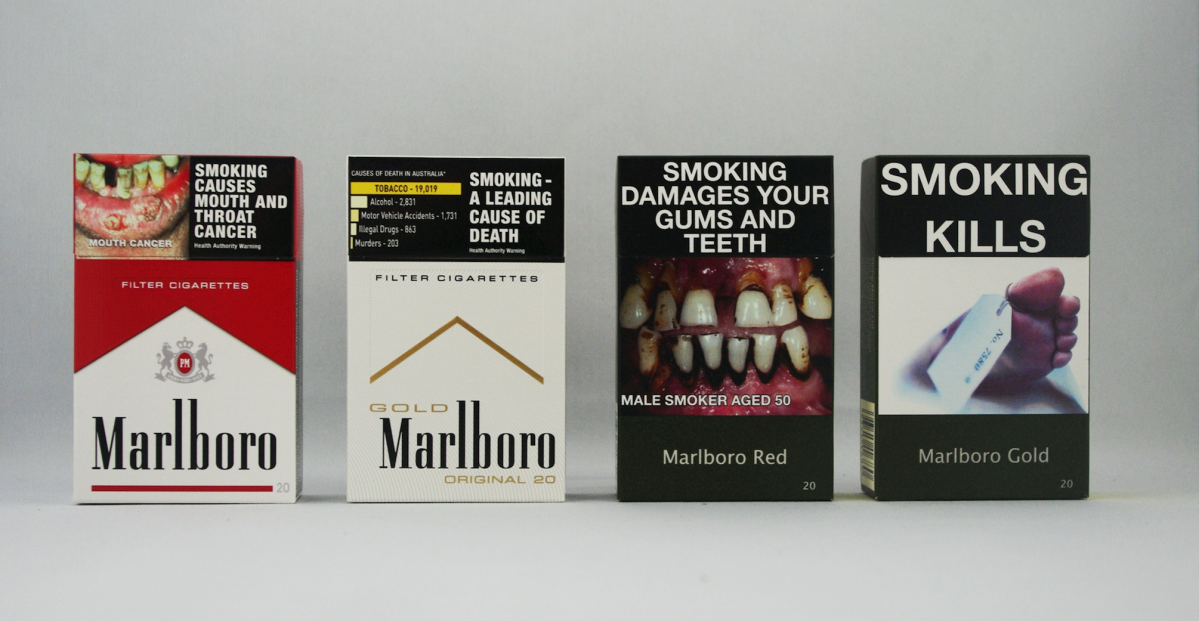Cigarette packaging is much more than simply an intermediary between tobacco users and public health advocates; it serves as both an important communication vehicle and arena in which to battle tobacco industry practices. Over the decades, governments and health organizations have recognized packaging’s power to influence consumer behaviors through regulations or design changes designed to discourage smoking through this means.
Traditional cigarette packs were intended to attract customers through appealing logos and colors as well as brand imagery that conveyed luxury, rebellion, or sophistication – features which increased consumer appeal for tobacco products among young people especially. Tobacco industry stakeholders capitalized on these designs elements by creating powerful brand identities which encouraged loyalty while disguising health risks associated with smoking.
As more countries recognized the health consequences associated with smoking–ranging from lung cancer to cardiovascular disease–many countries began using cigarette packaging as an educational and deterrence tool. This began with mandatory health warnings being placed discreetly; later these evolved to larger warnings covering larger portions of packs; research has proven that visual warnings that include pictures related to smoking-related illness tend to be more effective at discouraging smoking than text warnings alone.
One of the biggest global changes to cigarette packaging came with the implementation of “plain packaging”. Australia was first to adopt plain packaging laws in 2012; their laws require all cigarette packs be standardised in terms of shape, size and color (usually dull brown or green) with no logos, promotional text or brand names in standard font – this way stripping away branding allure while increasing health warning prominence. Countries including UK France Canada New Zealand also follow Australia in adopting similar legislation.
Plain packaging has made an immense impactful statement with studies showing its decrease in attractiveness of tobacco products, increased effectiveness of health warnings, and may help lower smoking rates. Smokers report finding these packs less satisfying while some say it has caused them to think more seriously about giving up smoking altogether. In addition, brand removal tends to decrease brand attraction for young people.
Plain packaging laws have proven beneficial to public health outcomes; nevertheless they have met strong opposition from tobacco industry representatives who contend such regulations infringe upon intellectual property rights and cause significant economic hardship for them. Numerous legal challenges were filed; most have failed as courts frequently favour public health over commercial concerns.
Some countries have gone beyond plain packaging by taking steps such as mandating that cigarettes be sold in dissuasive boxes that resemble decayed lungs or contain slogans like “Smoking Kills”. Others have gone further by standardizing individual cigarettes by printing warning labels directly onto each stick itself.
Digital technology is also playing an instrumental role. Cigarette packs now feature QR codes with links to cessation resources, making accessing support services simpler for smokers. This approach acknowledges packaging’s role both as warning label and guide towards healthier decisions for consumers.
As evidenced above, cigarette packaging has evolved from its marketing function into an integral element in global tobacco control efforts. With countries grappling with smoking-related illnesses blighting their economies and economies worldwide, packaging regulations provide an efficient cost-cutting method of decreasing tobacco use. Staying ahead of tobacco industry marketing innovations while using packaging to disseminate truth about smoking’s dangers is the ongoing challenge governments should be upholding their public health priorities in protecting public health – packaging remains an effective weapon to use against this epidemic!



